
Constructed. Walking through any major city, it is difficult to find anything that isn’t. Senses operate at full capacity, straining to perceive hustling people, honking cars and towering buildings. This is the modern city. The speed is overwhelming.
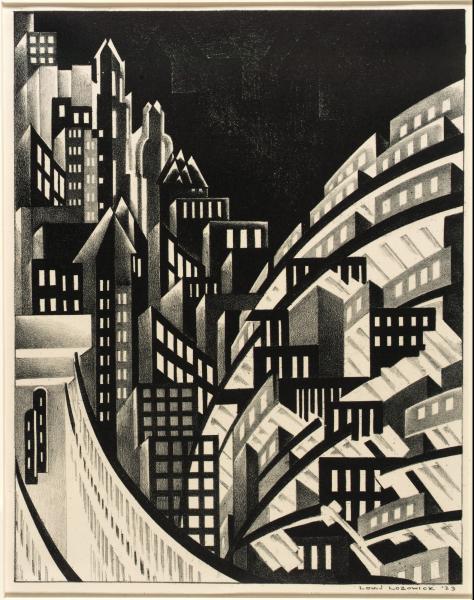
Credit: Smithsonian Institution
This image portrays the overwhelming nature of modern cities. It’s use of geometric shapes which do not always make spatial sense mirrors our struggle to comprehend the heights and architecture of buildings as we walk around at ground level.
It is relatively established that the populations of rural areas are, on average, happier than those in urban areas. This disparity has been linked to both the lack of natural spaces and the speed of life in cities.1 Relief from the unending overload of a city can be critical, and public parks are one of the main ways a city’s inhabitants get such relief. We think of parks as offering a refuge from the mental brutality of the city, a place to slow down and see nature in a landscape otherwise stripped of it.2 The ubiquitous phrase “a walk in the park” is even used generally to connote an easy and stress-free activity. Parks are a good thing and the increased push for green spaces in recent years has understandably been met with enthusiasm. However, If the goal is to bring nature into the city, as landscape architects suggest, most public parks are fundamentally flawed.3
Consider where those in suburban areas go to experience – places like hiking trails and nature preserves. These spaces alter landscapes minimally. Paths are generally dirt or gravel. When one looks up, they are likely covered by a canopy of trees. Vegetation limits views to only a few hundred feet in any direction. One can stray off the trail and explore a small slice of the Earth. Though these spaces can get quite busy, they maintain an isolated and serene feel. The experience is fully immersive – the gold standard for a green space.
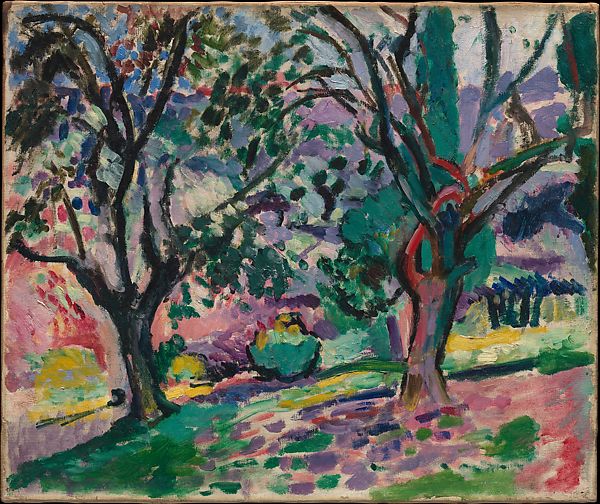
Credit: Metropolitan Museum of Art
This image portrays the feelings of spending time in a natural environment. The colors are vibrant, potentially representative of thriving life. The foreground trees appear to obscure the background, and overall the viewer cannot make out details very far away. This captures the specific immersion of being in a wooded area like those common in non-urban places.
Consider a city park – Atlanta’s Piedmont Park for instance. It consists of terrain smoothed over to creates fields and roads more conducive to picnics and gentle strolls. Its trees are chosen carefully and spaced with millimetric precision so as not to perturb the perfectly paved paths. There is a pristine stone bridge over the lake, an ideal picture spot. Grass covers any ground not taken up by pathways. Overall, the park is precise and manicured. It is certainly a relaxing place to spend an afternoon.
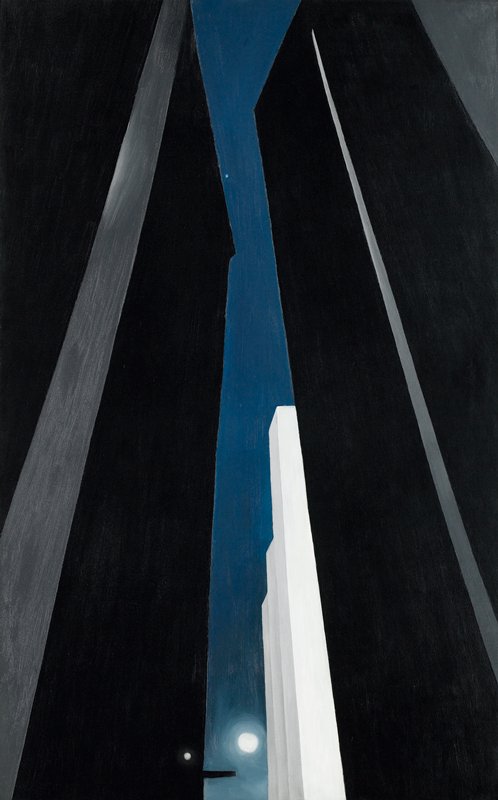
Credit: Georgia O’Keefe Museum
This image portrays the looming and ever-present nature of skyscrapers. There appears to be no place to go where they are not visible – a constant reminder of the constructed nature of a city.
However, this space is flawed. It fails to be immersive or truly separate from the rest of Atlanta. While a perfect recreation of something like a nature preserve cannot be expected for a space operating in the sub optimal conditions of a city, the design of city parks is a large part of their relative ineffectiveness. Fundamentally, Piedmont park is just as artificial as the rest of Atlanta4 and its design seems optimized for high throughput rather than maintaining the illusion of a natural landscape. A rigidly planted row of trees is hardly more natural – or less constructed – than a wall that happens to be made of stones. The vast open spaces make it difficult to feel isolated from the dense city, and the wide, paved roads seem to destroy whatever was left of the illusion of nature. The park’s design exacerbates other problems as well. In most areas, you can look up and see the towering buildings of midtown. In many you can hear the cars. People still briskly walk through, looking for shortcut to their destinations – I personally use it to get to my job faster.
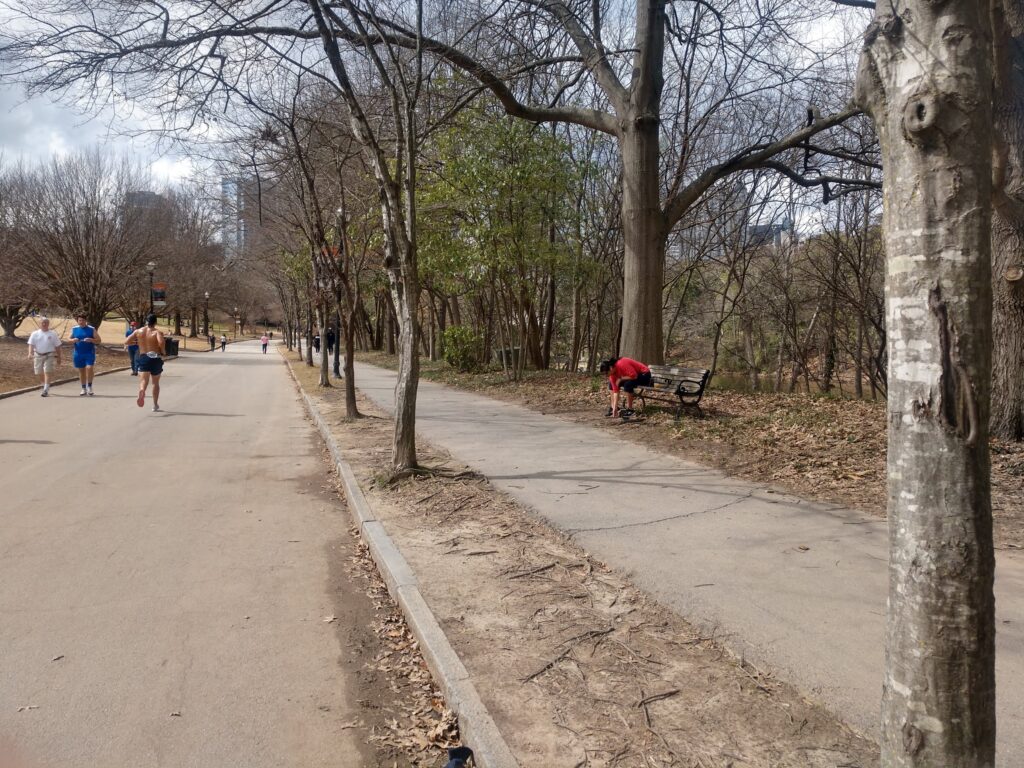
The encroachment of the city into the park is frustrating considering that a less precise and engineered park would solve many of the problems. Unaltered terrain and wooded areas allowed to grow unhindered are ideal for limiting sightlines5 and blocking out noise,6 something which would increasing isolation from the city and the feeling of distance between people. Though it is not practical to design an entire park this way, and more developed areas absolutely have their place, more truly natural spaces would be a great asset in effectively providing the illusion of nature and quelling stress within a city’s population.
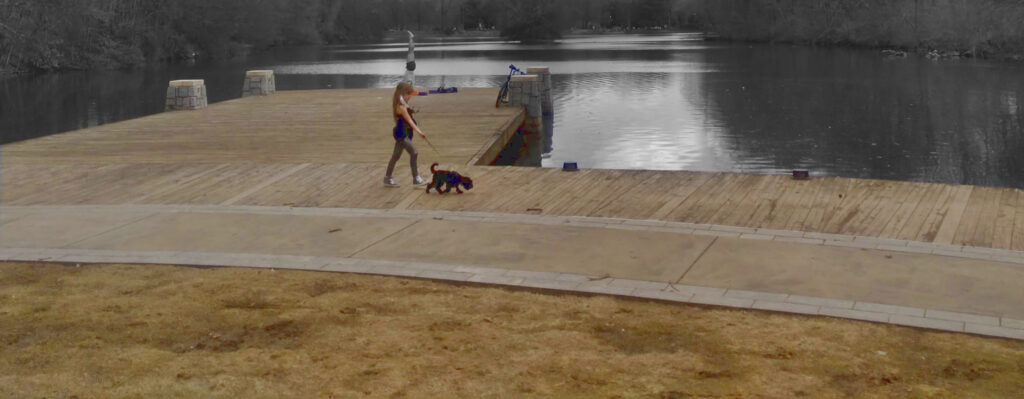
The ineffectiveness of city parks is not exclusive to Piedmont Park or Atlanta. Many parks in other cities, such as central park in New York City suffer from the same flaws. The design of city parks is comparable to diet sodas – similar enough to evoke feelings of the original, but ultimately lacking in providing a similar effect. The key difference is that city parks and their diet nature, can do better if priorities are shifted away from cosmetic precision.
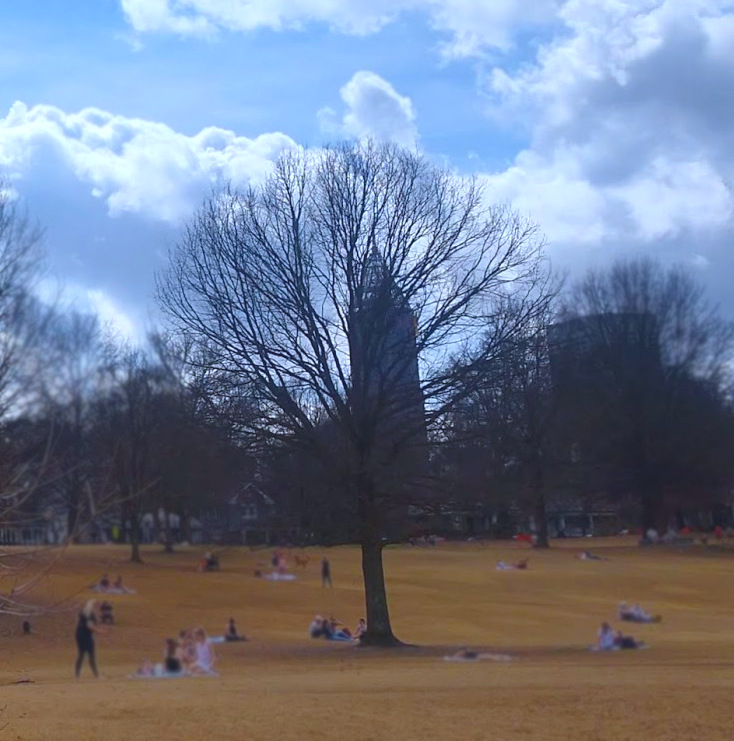
Citations:
- Martijn J. Burger Erasmus Happiness Economics Research Organisation (EHERO), et al. Urban-Rural Happiness Differentials Across the World, 20 Mar. 2020, worldhappiness.report/ed/2020/urban-rural-happiness-differentials-across-the-world/.
- Javorsky, Nicole. “City Parks Aren’t Luxuries. They Are Critical Infrastructure.” TheHill, 2 Jan. 2020, thehill.com/changing-america/opinion/476518-city-parks-are-critical-infrastructure.
- Green, Jared. “News.” Interview with Diana Balmori, FASLA, ASLA, www.asla.org/ContentDetail.aspx?id=35052.
- “About.” What Is Landscape Architecture?, www.asla.org/aboutlandscapearchitecture.aspx.
- “5 Ways Landscape Sight Lines Are Important to Design: ASI Blog.” ASI Landscape Management, 25 Feb. 2021, www.asilandscapemgt.com/5-ways-landscape-sight-lines-are-important-to-design/.
- “Proceedings of the National Urban Forestry Conference, November 13-16, 1978, Washington, D.C.” Google Books, Google, books.google.com/books?hl=en&lr=&id=ps4sAQAAMAAJ&oi=fnd&pg=PA330&dq=trees%2Bblock%2Bnoise&ots=sY9NxFLnlZ&sig=3K7TNblzjOmtPuXOLTU6MYiTjMg#v=onepage&q=trees%20block%20noise&f=false.
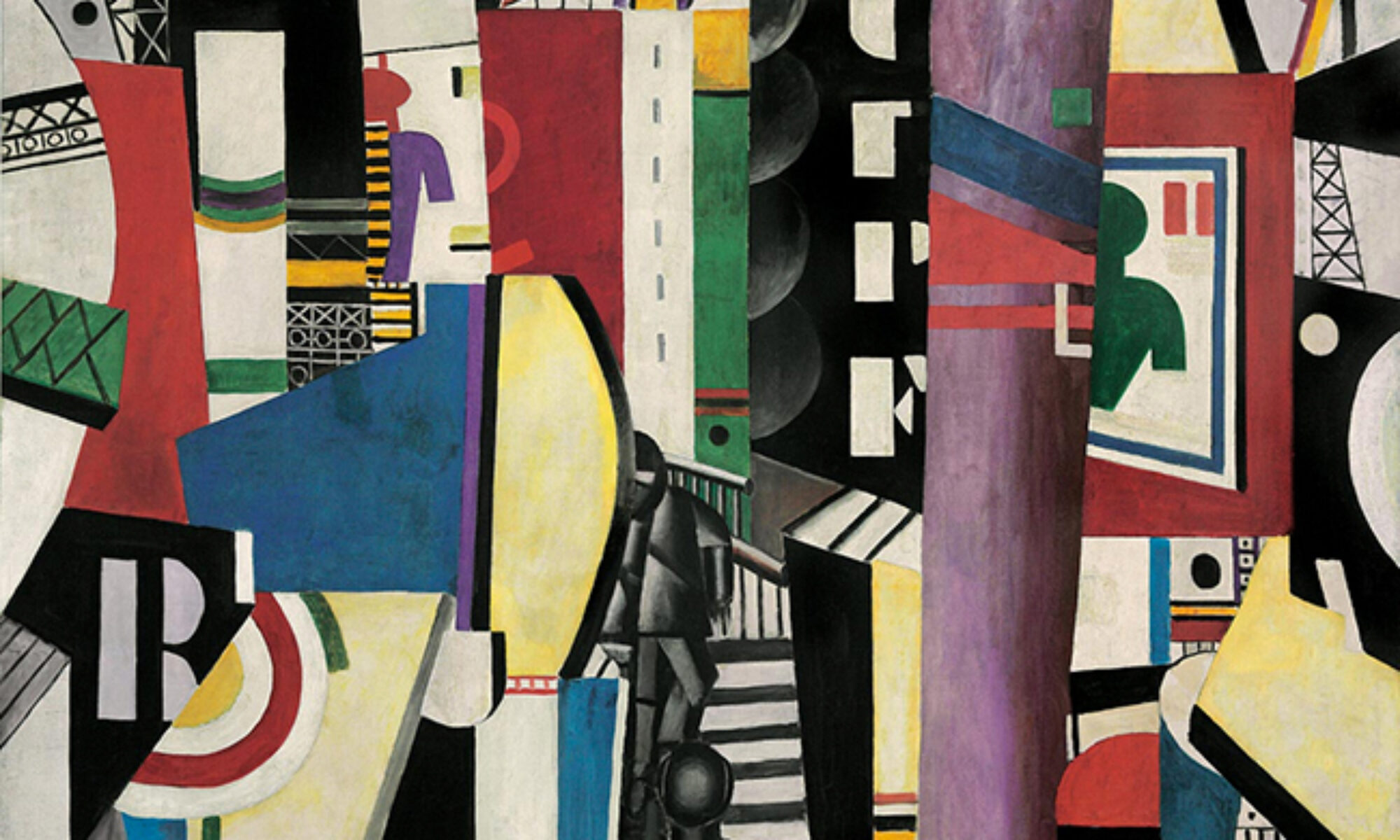
Vikesh,
My favorite part of your blog post is the way that you describe the small bits of nature that you are limited to in the cities. Your “diet soda” analogy was instantly understandable and amusing, and your idea that city parks are designed for high throughput is a very elegant way to phrase it.
I grew up in the suburbs and loved going to my local park to walk, especially during the lockdowns, and enjoyed exploring as you mention in your post. However, I enjoy Piedmont Park for similar reasons. It offers a break from the city by being a suburb, like how a traditional park offers a break from the suburbs by being untouched. Parks in urban areas can still be quite useful.
If I was to offer any criticism, I wish the images could have been integrated into your argument more cohesively. The paragraphs under each image would have worked better if they were part of the normal text. I sometimes struggled to see how the images directly related to your argument.
Coley Chapman